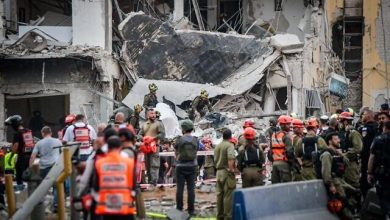Britain Mourns at Least 15 Dead in Tunisia Attack

Three members of the same family were among at least 15 Britons killed in the Tunisia attack, reports said Sunday, in Britain’s worst loss of life in a terror incident since the 2005 London bombings.
As ministers warned the toll would likely rise, details began to emerge of those gunned down in Friday’s attack at a popular beach resort.
The dead Britons were among at least 38 people from several countries killed in the attack in Port el Kantaoui near Sousse, about 140 kilometres (90 miles) south of Tunis.
Another 39 people were injured, including 25 Britons, in the attack which was claimed by the ISIL terrorist group.
Announcing the 15 dead, Foreign Office minister Tobias Ellwood said the number “may well rise, as several more have been seriously injured in this horrific attack”.
Prime Minister David Cameron had earlier warned that Britain needed to prepare “for the fact that many of those killed in the attack were British”.
He condemned those responsible as “evil”, saying the victims were “innocent holidaymakers relaxing and enjoying time with their friends and families… they did not pose a threat to anybody”.
Officers were also interviewing survivors who flew home from the resort on Saturday, in particular looking for any phone footage taken of the incident.
About 20,000 British tourists were on package holidays in Tunisia at the time of the attack, according to ABTA, the country’s largest travel association.







